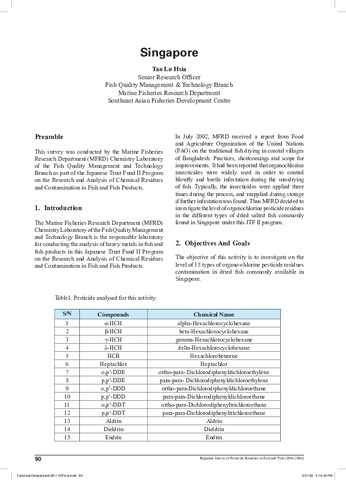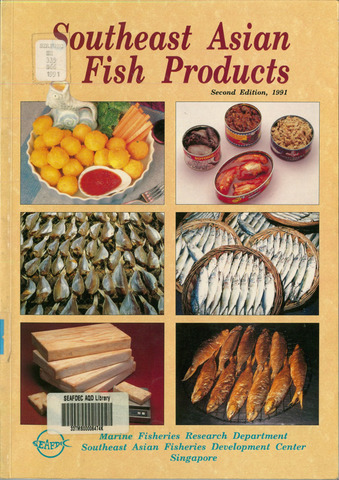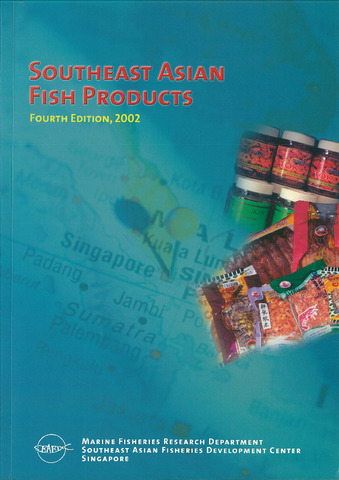Regional survey of pesticide residues in fish and fish products: Singapore
Share
Abstract
The study investigated the level of 15 types of organo-chlorine pesticide residues contamination in dried fish commonly available in Singapore. Seven species of dried and dried salted fish were used in the survey, these are Spanish mackerel (Scomberomorus commerson), snakeskin gouramy (Trichogaster pectoralis), sand whiting (Sillago sihama), yellow-banded scad (Selaroides leptolepis), threadfin (Polynemus indicus), and Indian mackerel (Rastrelliger kanagurta).
Suggested Citation
Tan, L. H. (2008). Regional survey of pesticide residues in fish and fish products: Singapore. In Technical Compilation of Heavy Metals, Pesticide Residues, Histamine and Drug Residues in Fish and Fish Products in Southeast Asia (pp. 90-99). Singapore: Marine Fisheries Research Department, Southeast Asian Fisheries Development Center.
Subject
Related items
Showing items related by title, author, creator and subject.
-
Southeast Asian fish products
Ng, Mui Chng; Hooi, Kok Kuang; Miwa, Katsutoshi (Marine Fisheries Research Department, Southeast Asian Fisheries Development Center, 1991)This report is a comprehensive record of fish products in the region, and will be of interest to researchers, food scientists, fish technologists and administrators. It will also be useful for fish traders, and may be used ... -
Southeast Asian fish products
Ng, Mui Chng; Chia, Evelyn Geok Hoon; Lee, How Kwang (Marine Fisheries Research Department, Southeast Asian Fisheries Development Center, 1996)This book is based on an ASEAN wide survey of products processed and consumed in the region. The participating countries are Brunei Darussalam, Indonesia, Malaysia, Philippines, Singapore, Thailand and Vietnam. Results ... -
Southeast Asian fish products
Kok, Tiong Ngei; Yeap, Soon Eong; Hariono, Ira; Theng, Chevonne Ang Guat (Marine Fisheries Research Department, Southeast Asian Fisheries Development Center, 2002)This book is based on an ASEAN wide survey of products processed and consumed in the region. The participating countries are Brunei Darussalam, Indonesia, Malaysia, Philippines, Singapore, Thailand and Vietnam. Results ...





